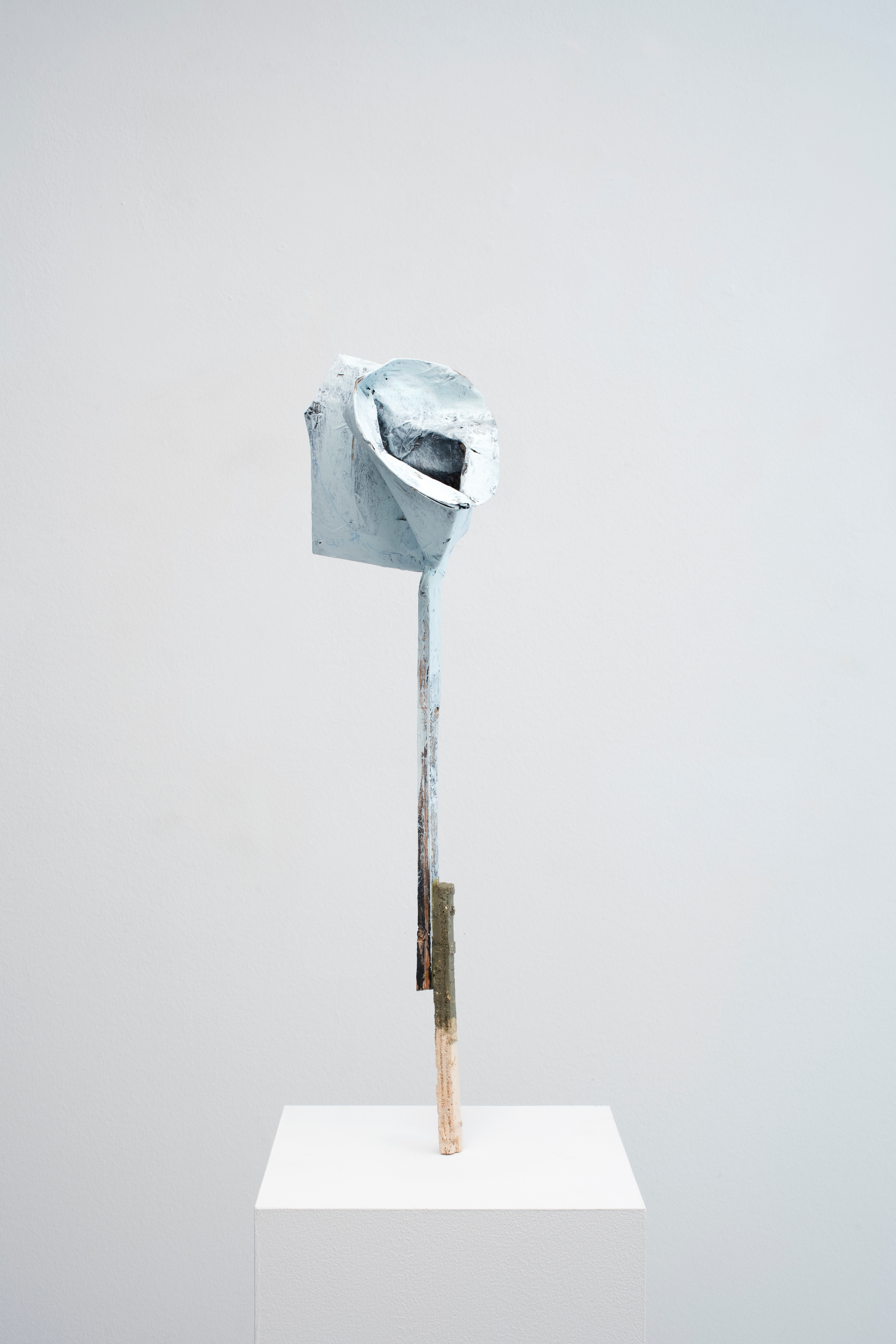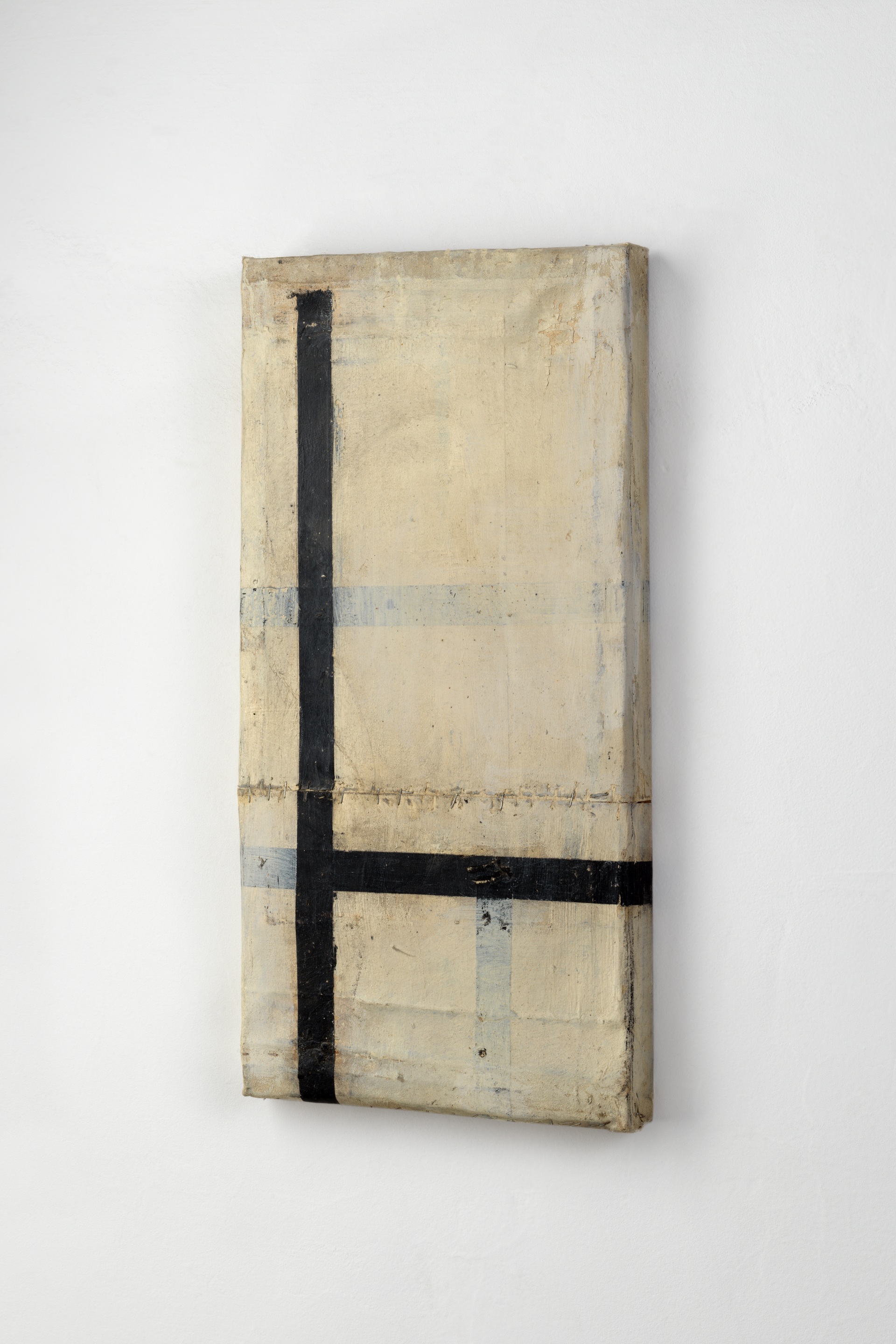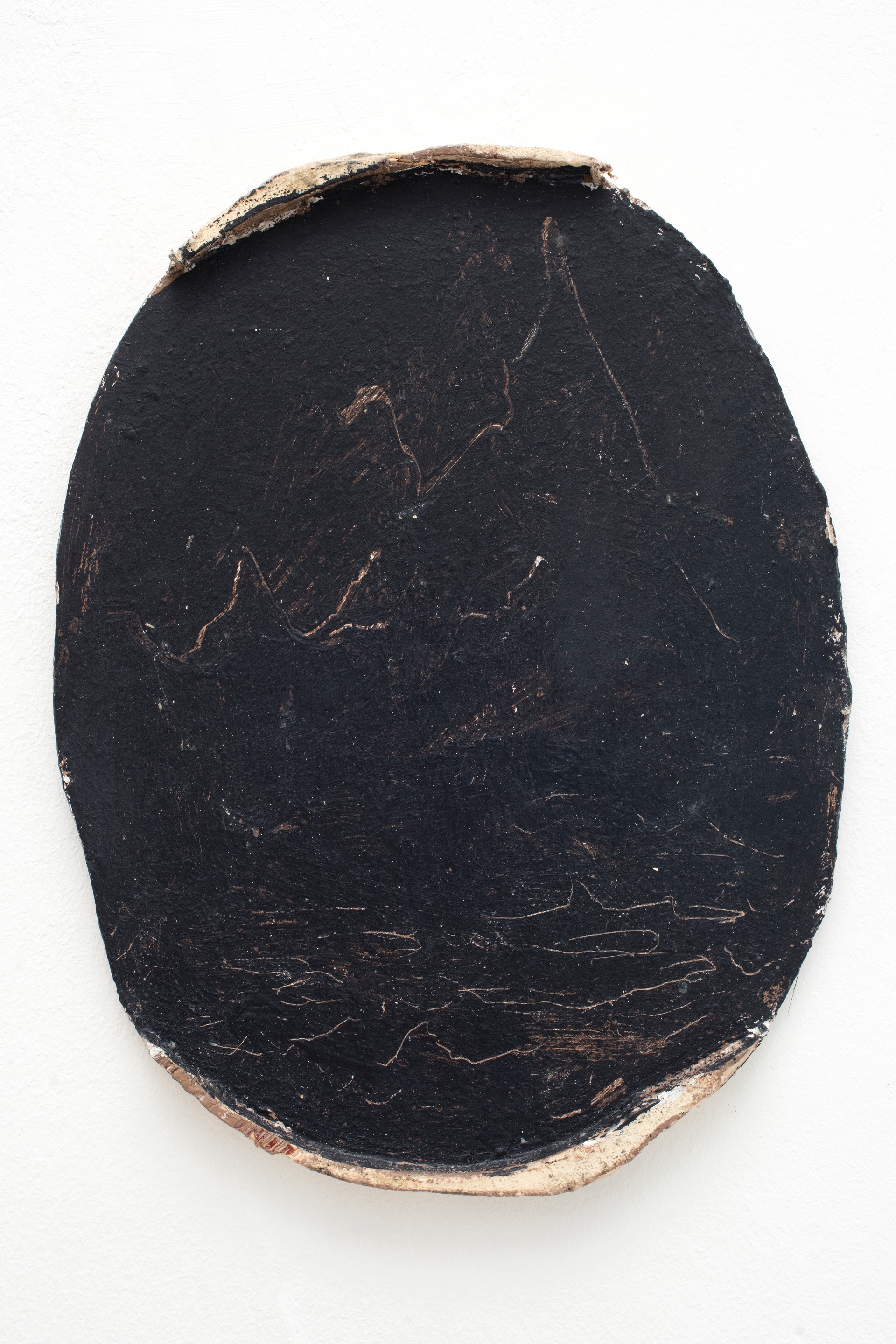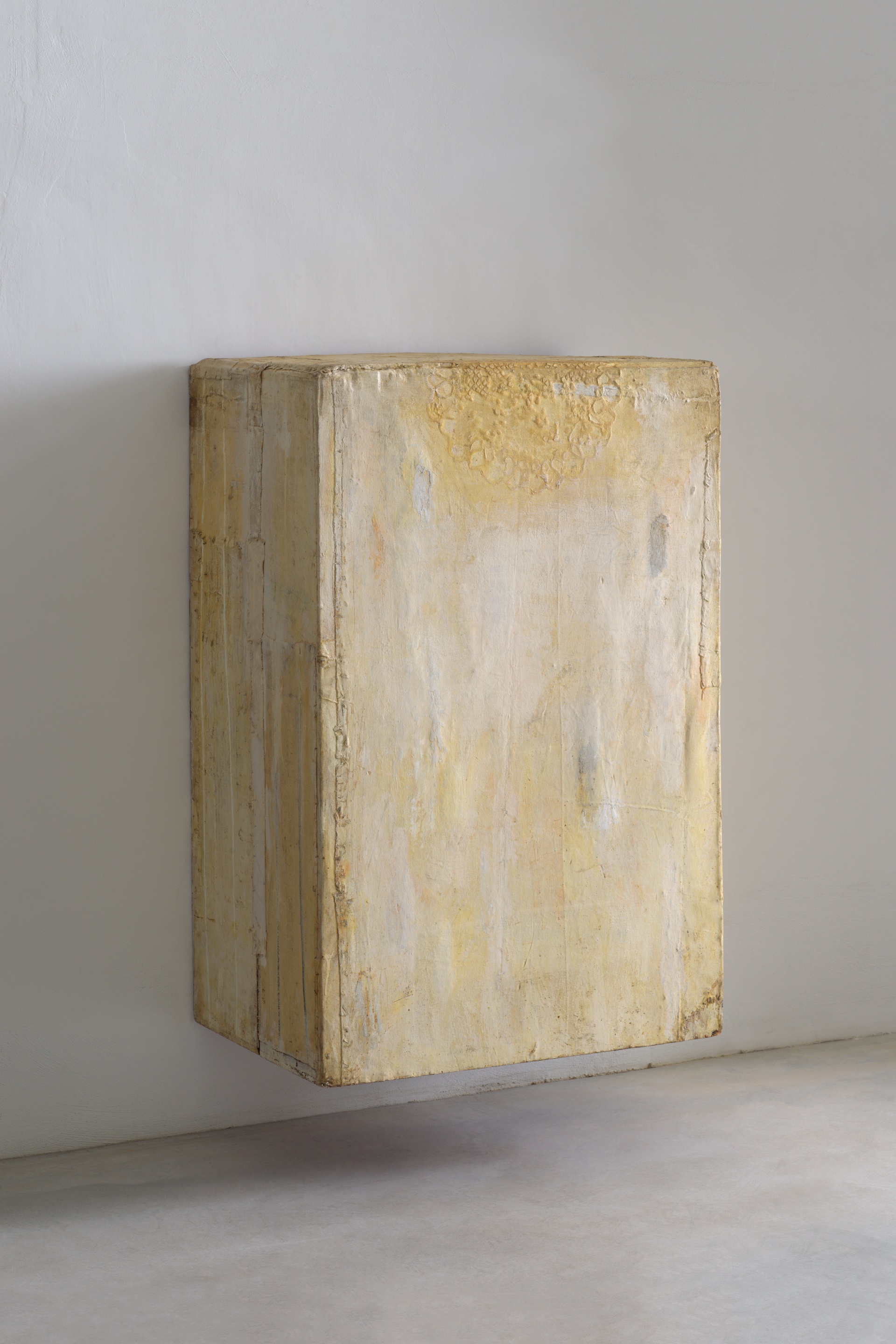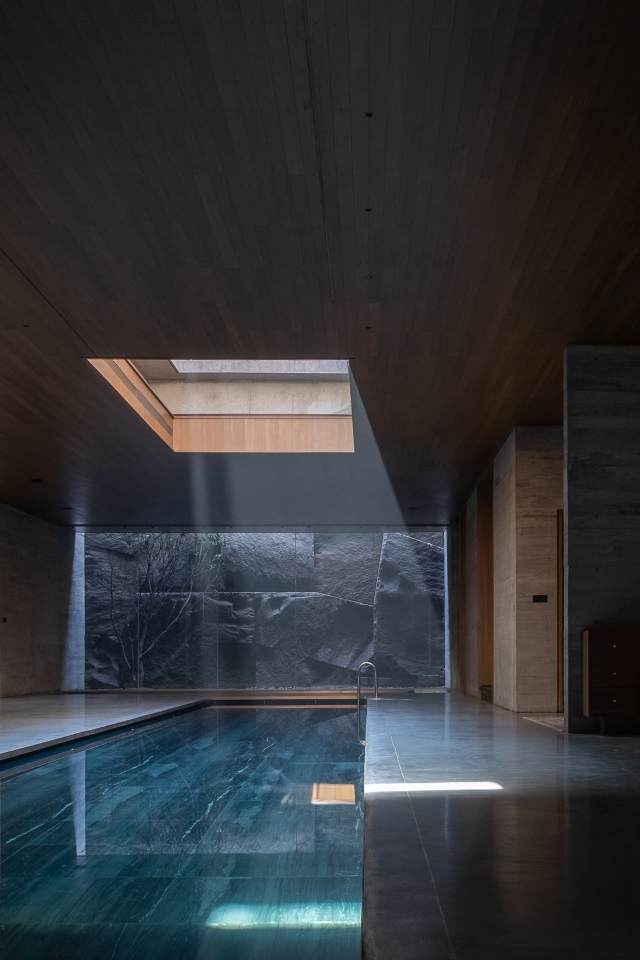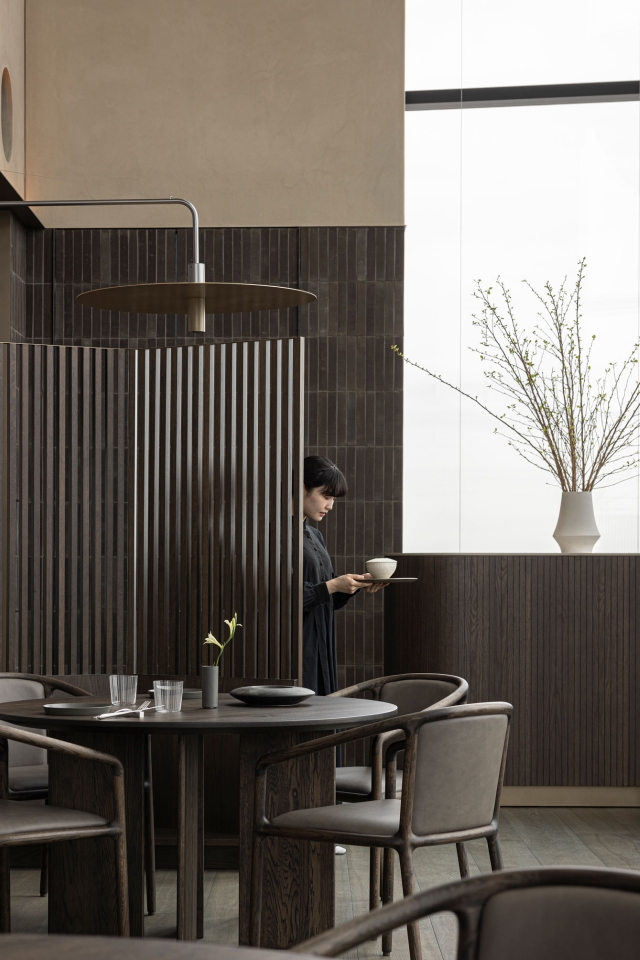The exhibition embarks on a journey that retraces Lawrence Carroll’s artistic evolution and draws focus into the artists and intellectual theories that significantly inspired Carroll’s creative process, examining the legacies of Giorgio de Chirico, Giorgio Morandi, Cy Twombly, and François Halard to explore the multiple complexities and possibilities of Carroll’s unique output. Lawrence Carroll’s quiet visual language speaks of the search for belonging in the metropolitan crowd; subtle coloring often employed with inconspicuous materials to produce works lavished by geography and time. As the artist once said, “things come when they come. In this ever-changing world this is a luxury I crave. To slow down, to wait, to look. By choice I have chosen to live away from things, and by doing this I have given myself the freedom to wander and take my time.” Playing with soft colors, almost white, sometimes blue and yellow, Carroll’s paintings exist in an atmosphere of silence that conveys hidden messages to our senses and souls. While looking at Morandi, Carroll was drawn to the portrayal of beauty in essential things; for both artists, the repeated capturing of subject matter was a meditative and introspective practice.
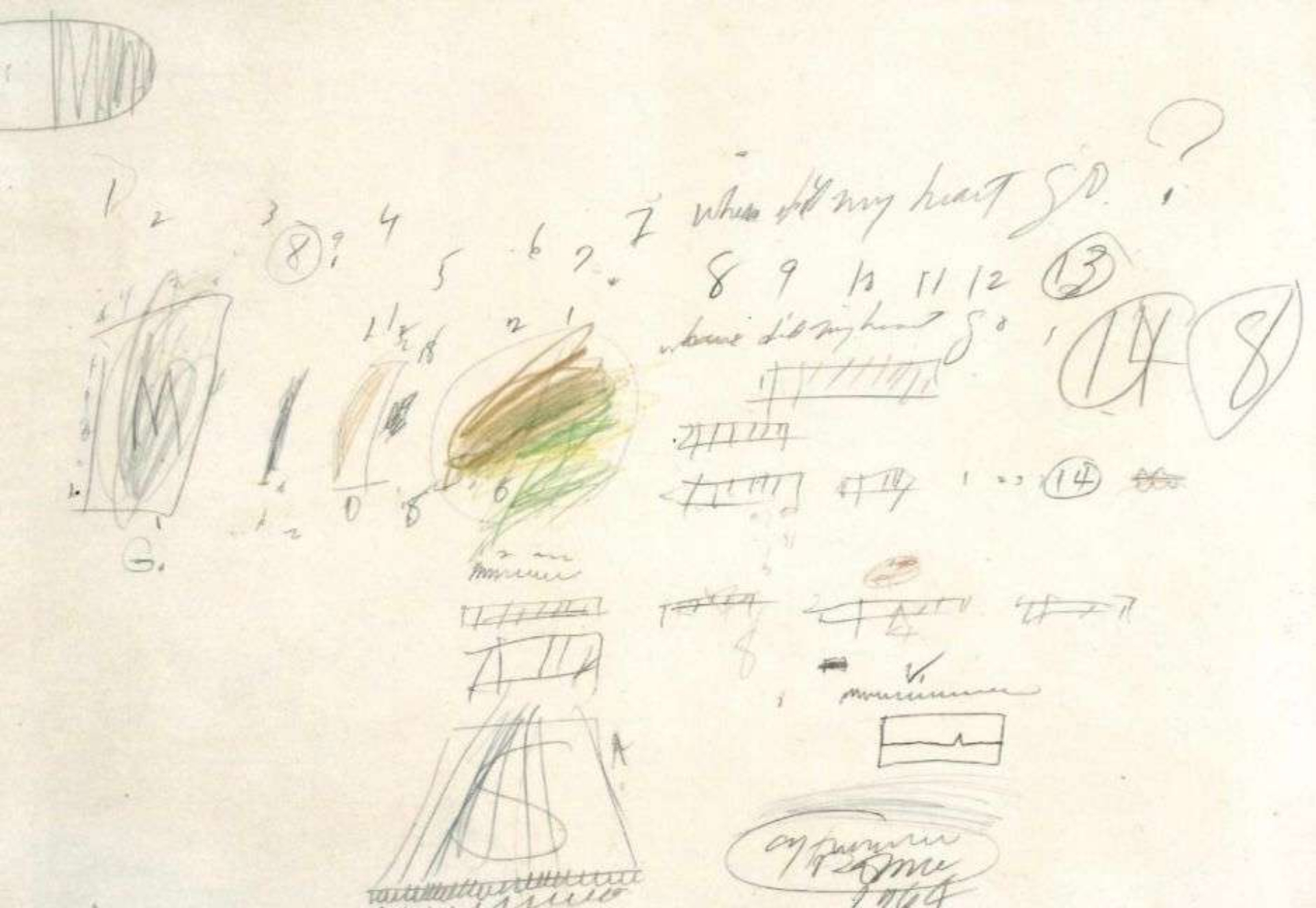
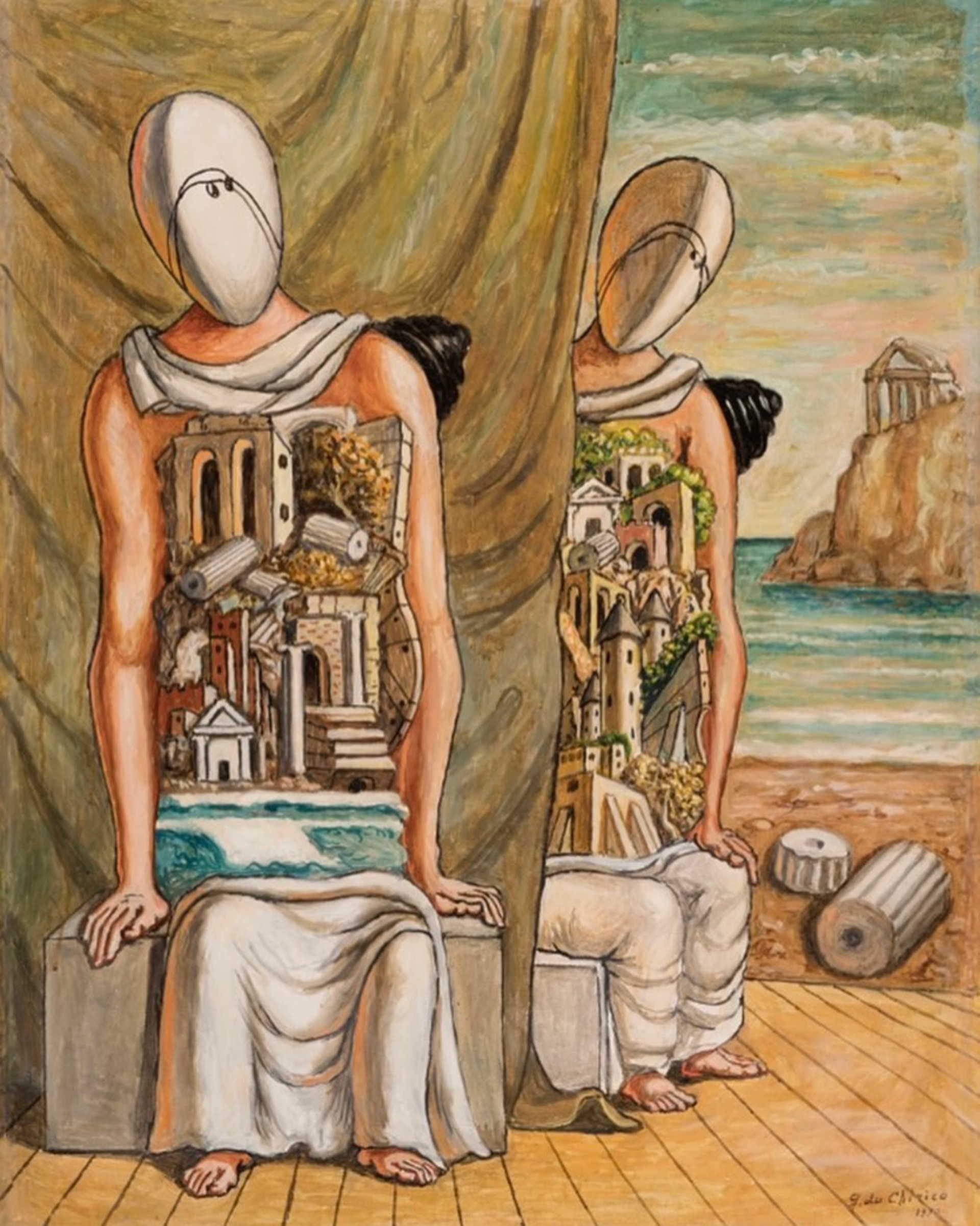
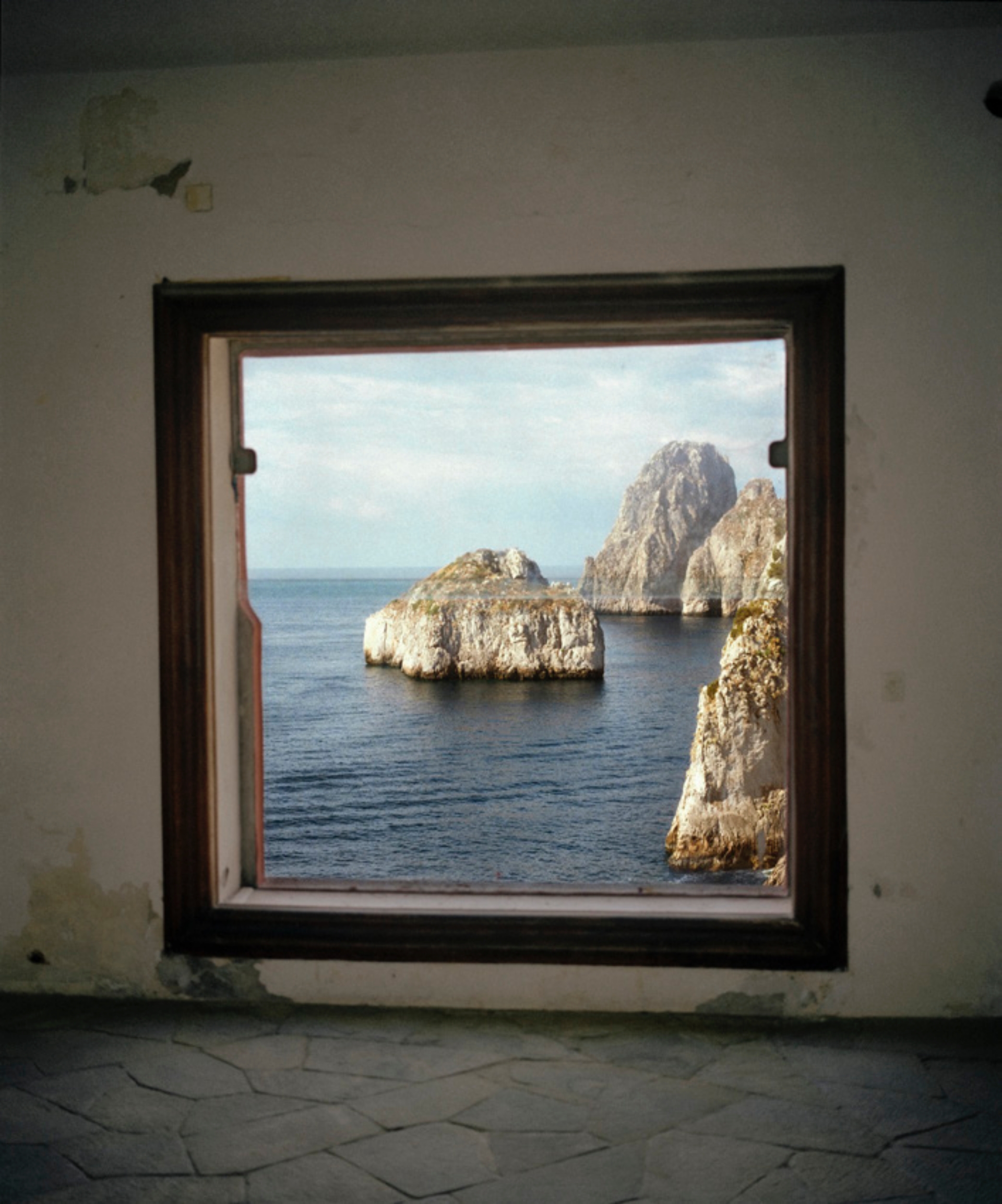
As we explore the many strata of Carroll’s practice, an intriguing mystery unfolds, akin to Giorgio de Chirico’s metaphysical compositions. While visually very different, both artists express a representation of human reality that is universal yet enigmatic. In Halard's photographs of Casa Malaparte, an iconic Mediterranean villa that casts shadows into the shores of Capri, the photographer captures empty space with familiarity, evoking a presence and belonging. Slowing down our perception of time, Carroll’s works invite introspection while Cy Twombly engages a profound level of contemplation through a gestural vocabulary that is charged with frenetic energy. Both Carroll and Twombly’s works create a common ground for reflection, depicting the invisible soul, and suspending the viewer in a moment of spirited sublimity amid surrounding noise.
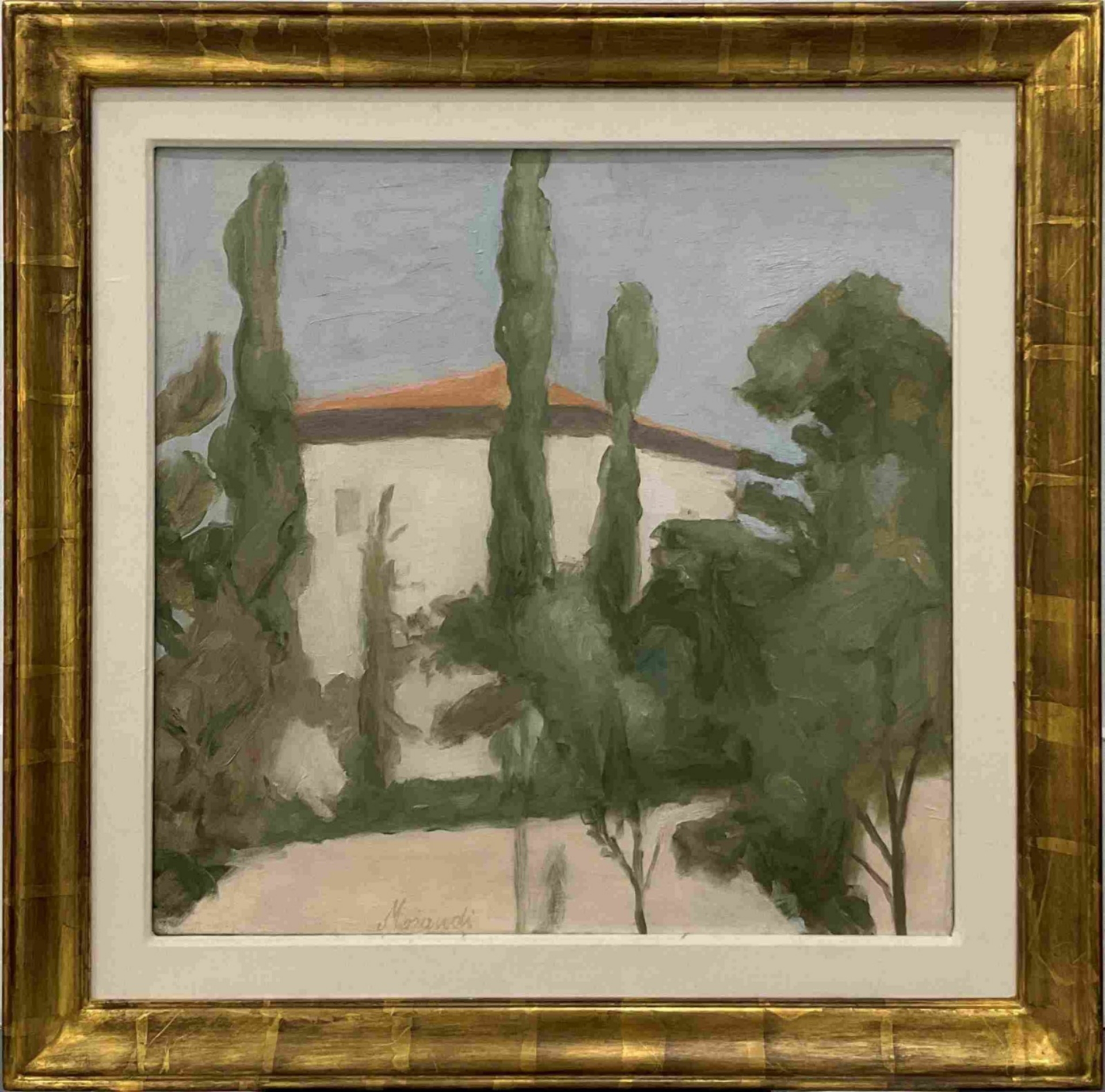
In a search for our place within this increasingly fast-paced world, Villepin invites visitors onto a new art discovery. While examining the legacies of the featured artists, and shedding light on their perception of architecture, space, and objects, the exhibition reflects on the beauty and nuances of everyday life. The gallery space has been transformed to summon the sensibility of Mediterranean culture that so absorbed Carroll, deliberately exploring our own identities, our place in the world, and the intrinsic significance of the environment around us.
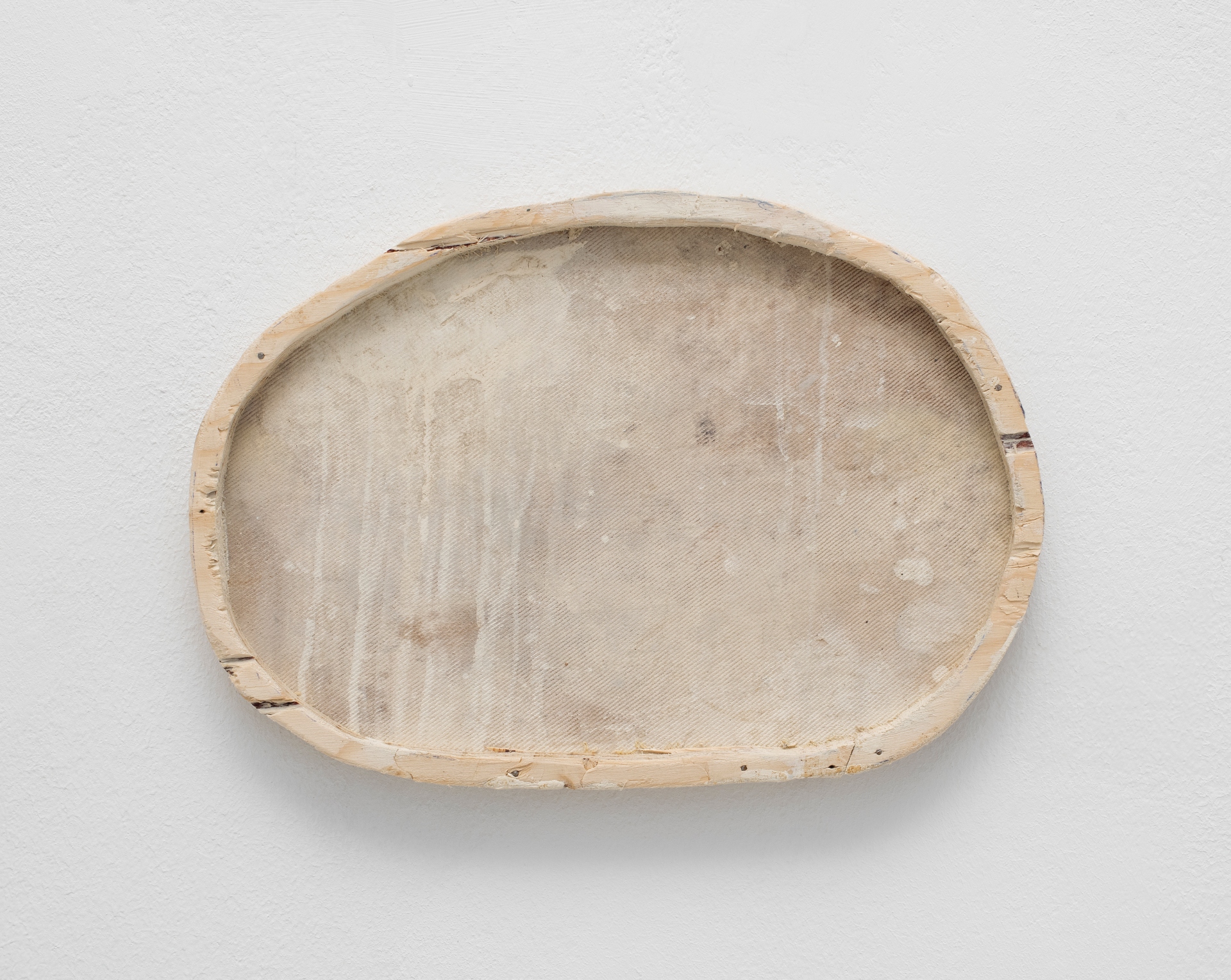

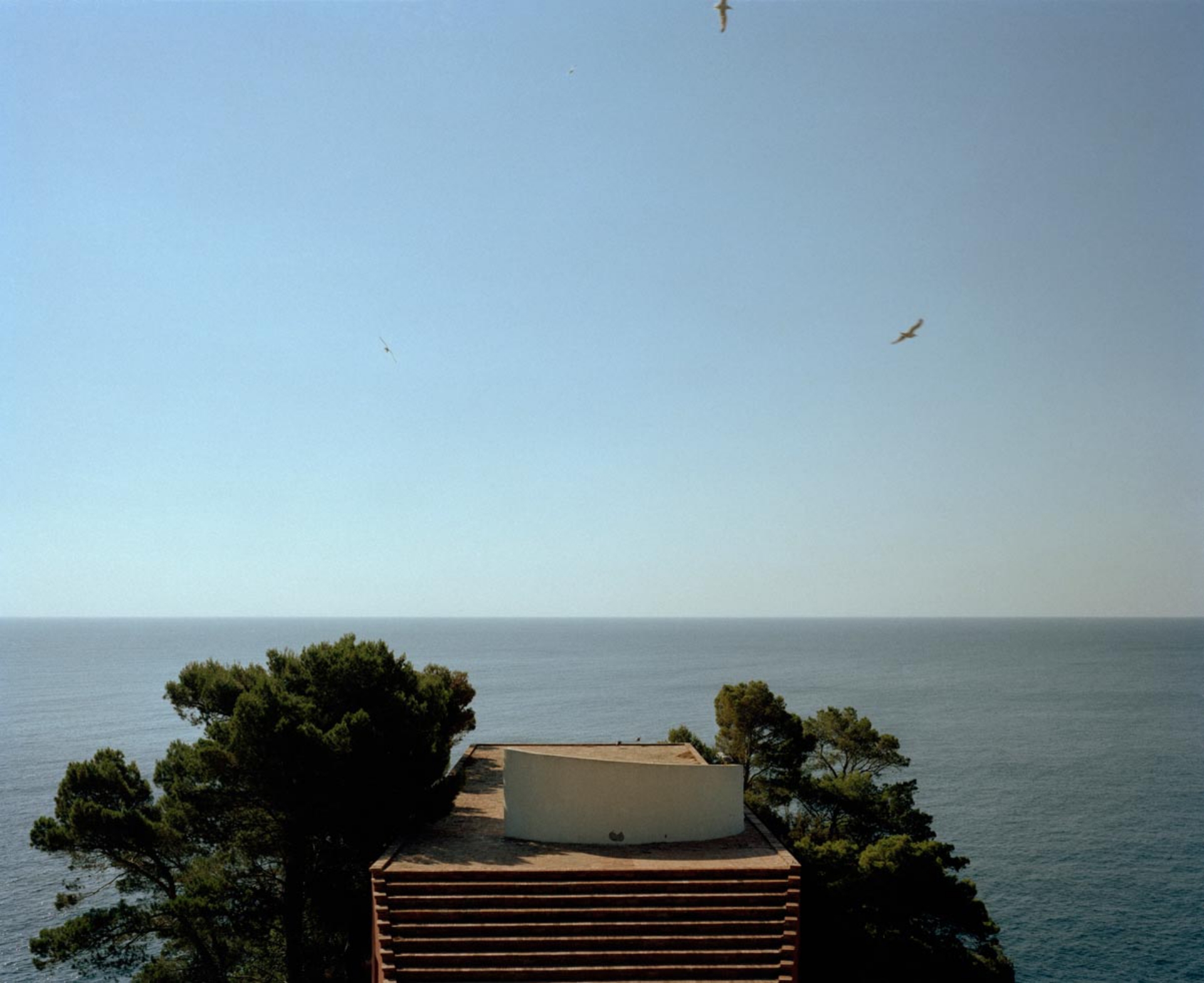
“It is a tribute to the profound legacy of Lawrence Carroll, an artist who traversed the boundaries of time and place, inviting us to explore the beauty in the ordinary, just as he did through his remarkable career spanning almost four decades,” says Arthur de Villepin. Elaborates Olivier Kaeppelin, “The work of Lawrence Carroll is unique. If it initially creates dialogue with the works of Rauschenberg, Morandi, and Twombly, the work also translates into a connection between East and West. His poetry, made of silence and meditation, expresses that of places in Italy where he chose to live. It has a universal dimension where the architecture, the humble material, simple gestures, photographs, evoke the density of the earth and the transparency found in the search of a contemplative beauty. The beauty is, today, shared in remarkable international collections and I am happy that new audiences in Asia have the chance to discover it.” Lucy Caroll furthermore concludes how much joy it brings her to introduce Lawrence’s poetic works to the audience in Hong Kong, alongside the curators.
